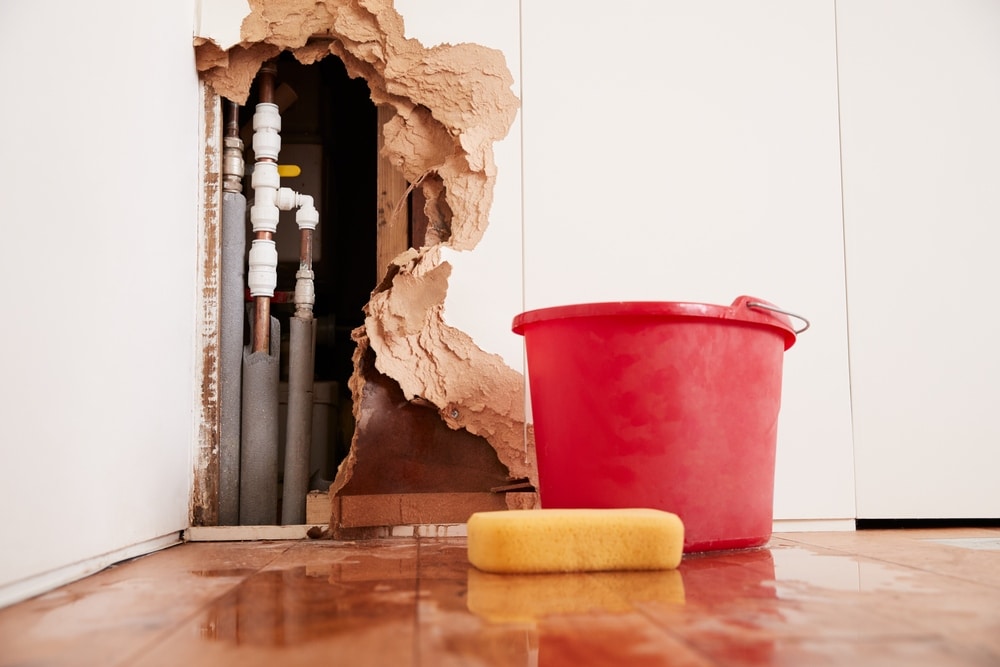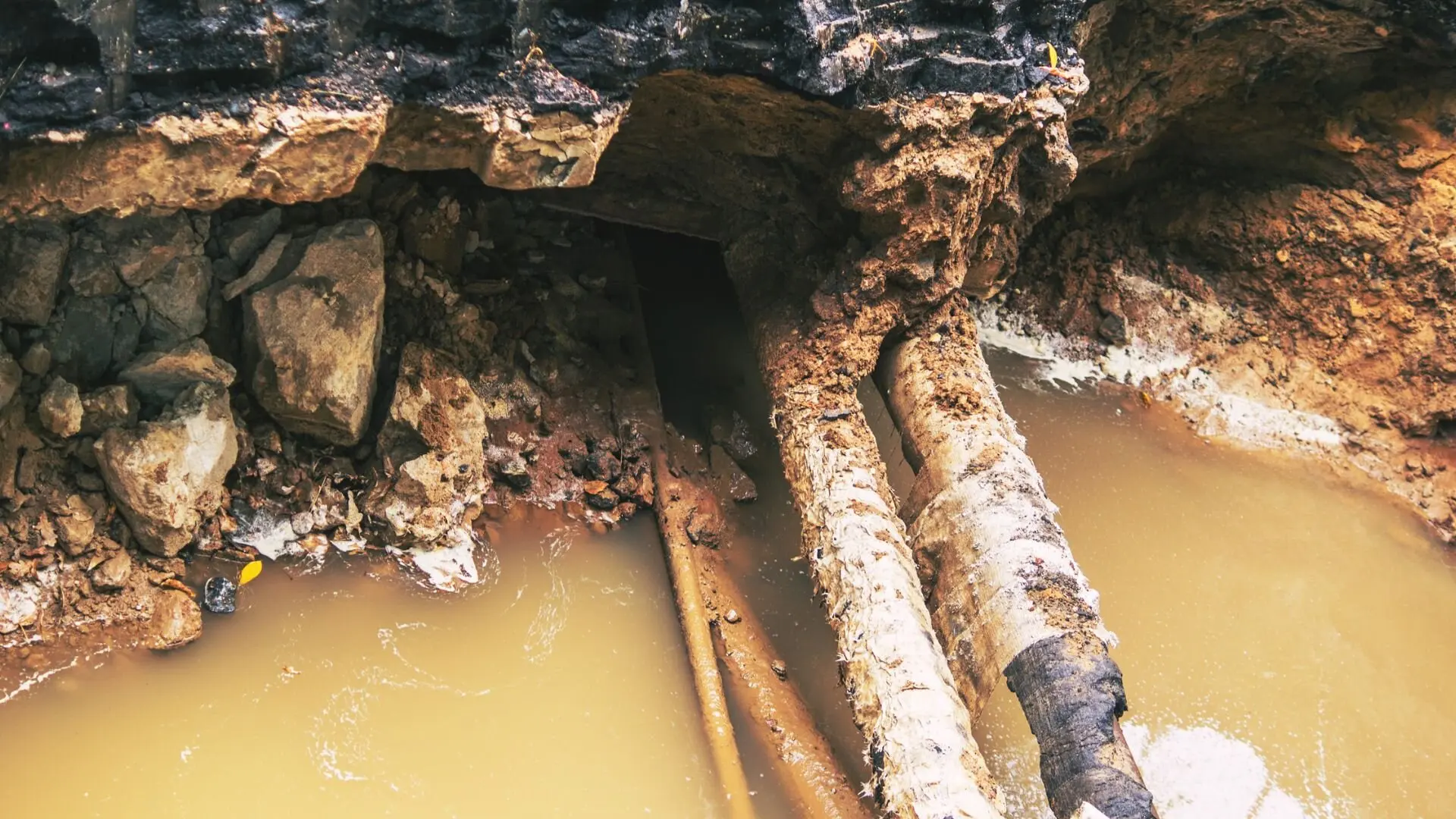Burst Pipe Repair: Professional Solutions to Minimize Damage and Costs
Burst Pipe Repair: Professional Solutions to Minimize Damage and Costs
Blog Article
Stopping Burst Piping: Crucial Tips to Safeguard Your Plumbing
Stopping burst pipelines is a critical issue for house owners, specifically throughout chillier months when the danger of cold is heightened. Applying strategic measures such as proper insulation, routine evaluations, and preserving consistent interior temperatures can significantly decrease the chance of pipe failing. In addition, recognizing emergency situation procedures furnishes home owners to react swiftly to possible plumbing problems. Nonetheless, many are uninformed of the certain susceptabilities that their pipelines might face. Discovering these susceptabilities can give invaluable understandings right into securing your pipes system efficiently.
Understand Pipe Vulnerabilities
Understanding pipe vulnerabilities is essential for reliable plumbing upkeep and avoiding expensive damages. Several elements contribute to the vulnerability of pipes to ruptureds, including product composition, age, and environmental conditions. Older pipes, especially those made from galvanized steel or polybutylene, commonly weaken gradually, resulting in raised risk of leakages and ruptures.
Temperature fluctuations can also dramatically impact pipe stability. In cooler climates, water caught in pipelines can freeze, exerting and expanding pressure on the pipeline walls, which might inevitably lead to a burst. High water stress can strain pipelines, specifically at joints and bends, heightening the chance of failure.

Insulate Piping Appropriately
Proper insulation of pipes is vital for protecting against freezing and subsequent ruptureds throughout cool climate (burst pipe). Insulating your pipes system properly safeguards against temperature drops that can lead to expensive damages. Begin by recognizing vulnerable areas where pipelines are exposed to outside temperatures, such as cellars, attics, and exterior walls
Usage foam pipeline insulation sleeves or cover insulation tape around these locations to supply a protective obstacle. Ensure that all areas of the pipes, particularly those with minimal warmth exposure, get appropriate insulation. Pay special attention to fittings and joints, as these are extra at risk to cold.
When insulating, it's important to choose materials that meet neighborhood building ordinance and are appropriate for the particular environment. Fiberglass insulation is often suggested for its thermal resistance residential properties. Furthermore, consider utilizing heat cables or tape in severe problems, which can be plugged in to give extra warmth
Frequently inspect shielded pipes for any kind of indicators of wear or damages, as jeopardized insulation can diminish its efficiency. By taking these positive actions, you significantly minimize the threat of pipe bursts, guaranteeing a dependable pipes system throughout the cold weather.
Maintain Regular Temperature Level
A stable indoor temperature is crucial for protecting against ruptured pipelines throughout the cold months. When temperatures decline, water within pipes can freeze, creating and expanding pressure that may eventually create the pipelines to burst. To alleviate this threat, homeowners must keep a consistent temperature throughout their home, preferably no less than 55 ° F(13 ° C)Using a programmable thermostat can aid manage indoor temperatures successfully, making certain that spaces with plumbing continue to be cozy also when your house is empty. Pay unique interest to locations that are more vulnerable to cold, such as garages, attic rooms, and cellars. Keeping closet doors open under sinks can likewise enable warmer air from the home to circulate around plumbing.
Furthermore, it is sensible to enable faucets to leak slightly during severe cold snaps. This small flow of water can prevent freezing by minimizing pressure within the pipelines. Throughout especially extreme weather condition occasions, consider temporarily putting on hold any nighttime troubles click over here on your thermostat to preserve a stable cozy setting. By carrying out these techniques, homeowners can significantly reduce the danger of pipe ruptureds and safeguard their plumbing systems versus the rough wintertime aspects.
On A Regular Basis Inspect Pipes
Routine examinations of plumbing systems are vital for preventing burst pipelines and keeping overall home stability. During these evaluations, it is essential to check out visible pipes for signs of deterioration, leaks, or wear.
In addition, evaluating joints and connections is essential, as these points are usually susceptible to leaks. Property owners ought to also examine water stress degrees, as excessive stress can strain the pipes system and increase the threat of pipeline ruptureds.
Consider scheduling expert pipes examinations at least when a year, especially before winter months, to guarantee your system is prepared this for colder temperatures. By being positive in your technique, you can protect your home versus the costly and disruptive effects of burst pipelines.
Know Emergency Situation Procedures
Understanding emergency situation treatments is essential for each property owner, especially after performing routine plumbing evaluations. Being gotten ready for a pipes emergency can dramatically minimize damages and conserve expenses. Initially, situate your major water shut-off valve; it is typically located near the water meter or where the main line enters your home. Acquaint yourself with its operation, as closing off the water promptly can protect against extensive flooding.
Next, maintain crucial tools helpful. A pipes emergency situation set should consist of a wrench, plunger, and towels, in addition to a flashlight and a container for small leaks. Additionally, think about having the call info for a relied on plumber conveniently offered, must the situation escalate past your control.
If you spot a leak or burst pipeline, right away transform off the water system and notify your plumber. Moreover, document the damages with photographs for insurance policy purposes. burst pipe. Recognize the signs of potential pipes issues, such as unusual water stress changes or damp places on wall surfaces
Eventually, aggressive understanding and speedy action are crucial in taking care of plumbing emergencies, ensuring your home stays safeguarded and lessening prospective damages.

Final Thought
Finally, stopping ruptured pipelines requires a multifaceted strategy that consists of understanding pipe susceptabilities, proper insulation, maintaining consistent indoor temperature levels, regular inspections, and knowledge of emergency situation procedures. By implementing these essential approaches, the risk of plumbing failures can be dramatically lowered, thus making sure the long life and effectiveness of the plumbing system. Positive steps not only secure versus potential damage yet also add to total water conservation and the protection of home.
In cooler climates, water trapped in pipes can freeze, exerting and broadening pressure on the pipeline wall surfaces, which might inevitably lead to a ruptured. When temperature levels decline, water within pipelines can ice up, creating and broadening pressure that might ultimately trigger the pipelines to ruptured. By applying these approaches, property owners can considerably minimize the danger of pipeline ruptureds and secure their pipes systems versus the harsh winter season aspects.

Report this page